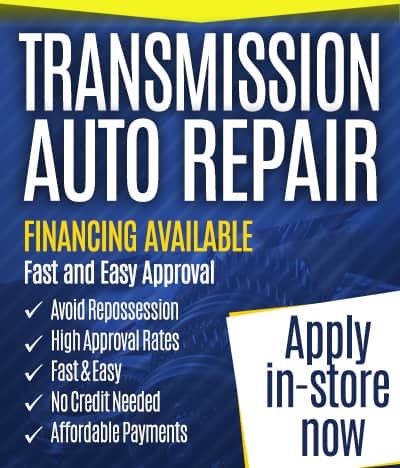Is a Continuously Variable Transmission (CVT) Better?
If you’re looking to buy a new car, would a continuously variable transmission (CVT) be a factor in your purchase? And once you have it, are there any special maintenance needs? Here we explore what you get with CVT, and how to keep current with your transmission maintenance needs.
Continuously Variable Transmission: What Makes It Different?
Many new cars and SUVs have left the conventional gearbox behind. Today they’re offering CVT. What’s the difference?
First, the CVT system has no gears. Granted, there are a few twists, like these:
- The 2019 Subaru Ascent CVT simulates the experience of gear shifting.
- The 2019 Toyota Corolla Hatchback “launch gear” gets the car moving at the start; then the CVT kicks in. Toyota came up with this to circumvent the way CVT presses the engine to run at high revolutions per minute until it really gets moving.
How It Works and Why It Matters
Most CVT systems rely on pulleys connected with a belt. These link the engine to the wheels. The effect: smoother shifting and acceleration as the pulleys widen and narrow, depending on the amount of power sent to the wheels.
CVT is often installed in imports. It empowers a small engine to deliver quick acceleration. If you’re buying a Japanese import brand, you may be looking at a CVT.
SUVs benefit too, as CVT makes uphill driving a delight.
Best of all, we think, is the reduced weight-to-power ratio with CVT, resulting in superior fuel economy. Hybrid owners especially appreciate this benefit. It’s CVT’s greatest selling point. Eco-friendly credentials and overall performance make CVT a desirable innovation.
Is CVT Trouble-Free?
Transmission systems sometimes need repairs or even replacement. Repairing a CVT transmission is no exception. Replacing a CVT tranny can cost upwards of $6000.
For several years, Nissan extended its warranty to 120,000 to cover issues that cropped up with CVT. Today, CVT technology is mature. That said, anything with a belt needs regular checking and maintenance.
Have your transmission checked regularly for belt wear and tear. A CVT system can need fluid changes too, and it requires a CVT-specific fluid to prevent risks and repair bills down the road.
The best advice is to study the owner’s manual online for any car you own or might wish to own. Examine the recommended CVT maintenance. A good technician will check your transmission when you take your car in for routine maintenance. Neglecting the transmission in a car or truck can lead to failure and costly repairs. Always schedule a repair if there are any visible leaks.
SEE ALSO
Torque Converter Repair vs Replacement
Get that Used Car Inspected by a Mechanic Before You Buy It
When You Should Rebuild a Vehicle’s Transmission































